Virtual reality: moving on from the home to the workplace
Primarily considered as consumer technology, how is virtual reality beginning to make waves in business?


how VR allows people to enter a completely new place and experience new feelings to help with pain control.
"[We can] introduce sensations that are very hard, if not impossible, with traditional games. You're trying to actually tap into the fact that if you trick the brain into thinking something is real, then it treats it as if it is real," he said.
VR can also be used to train medical staff in dealing with patients and colleagues. In March, Conquer Mobile and VRcade joined forces to create a number of educational medical simulation situations using an iPad and home VR systems such as Oculus Rift. VRcade provides the environment for the training - in this case an immersive operating room where staff can communicate with patients and operate on them.
Jamie Kelly, co-founder of VRcade said: "By taking the VR experience out of the home, we have been able to eliminate the traditional bottlenecks which have always hampered VR. Space constraints, wires, latency, accuracy and proprietary software issues are all resolved using the VRcade platform."
Just as the technology can be used to teach medical staff how to deal with certain situations, the main functions can be transferred for use in customer services to help employees deal with real situations by putting them into a scenario and monitoring how they react to an angry, upset or distressed customer, for example.
AppliedVR also has plans to introduce VR into the financial services sector, allowing employees to meet themselves in the future, in different financial scenarios to help them deal with real-life situations.
Sign up today and you will receive a free copy of our Future Focus 2025 report - the leading guidance on AI, cybersecurity and other IT challenges as per 700+ senior executives
The military is one of the sectors already using VR to trains its personnel - both for pilot training and to prepare soldiers for battle.
The technology was first introduced in 2012 by the US army with the Dismounted Soldier Training System to help new soldiers get to grips with certain protocols, but has quickly evolved to put more experienced soldiers in the line of duty without the threat of them getting injured.
For instance, the Norwegian army conducted trials in May using Oculus Rift to operate tanks without revealing the driving crew. Cameras mounted on the tank allowed the driver to orientate the tank according to camera data fed back to the headsets they were wearing and soldiers were able to park the vehicles within a few centimetres of accuracy.
Oculus Rift has also been used by the UK army to train medics in the field in a partnership between the UK government's Defence Science and Technology Laboratory and design consultancy Plextek Consulting.
Multiple trainee medics can work together on a scenario, such as navigating a battlefield to tend to casualties.
Collette Johnson, medical business development at Plextek, said the technology demonstrates much more than just how to help an injured soldier.

Clare is the founder of Blue Cactus Digital, a digital marketing company that helps ethical and sustainability-focused businesses grow their customer base.
Prior to becoming a marketer, Clare was a journalist, working at a range of mobile device-focused outlets including Know Your Mobile before moving into freelance life.
As a freelance writer, she drew on her expertise in mobility to write features and guides for ITPro, as well as regularly writing news stories on a wide range of topics.
-
 Hounslow Council partners with Amazon Web Services (AWS) to build resilience and transition away from legacy tech
Hounslow Council partners with Amazon Web Services (AWS) to build resilience and transition away from legacy techSpomsored One of the most diverse and fastest-growing boroughs in London has completed a massive cloud migration project. Supported by AWS, it was able to work through any challenges
-
 Salesforce targets better data, simpler licensing to spur Agentforce adoption
Salesforce targets better data, simpler licensing to spur Agentforce adoptionNews The combination of Agentforce 360, Data 360, and Informatica is more context for enterprise AI than ever before
-
 Has Lenovo found the ultimate business use case for smart glasses?
Has Lenovo found the ultimate business use case for smart glasses?Opinion Lenovo’s T1 smart glasses offer a virtual desktop that only you can see
-
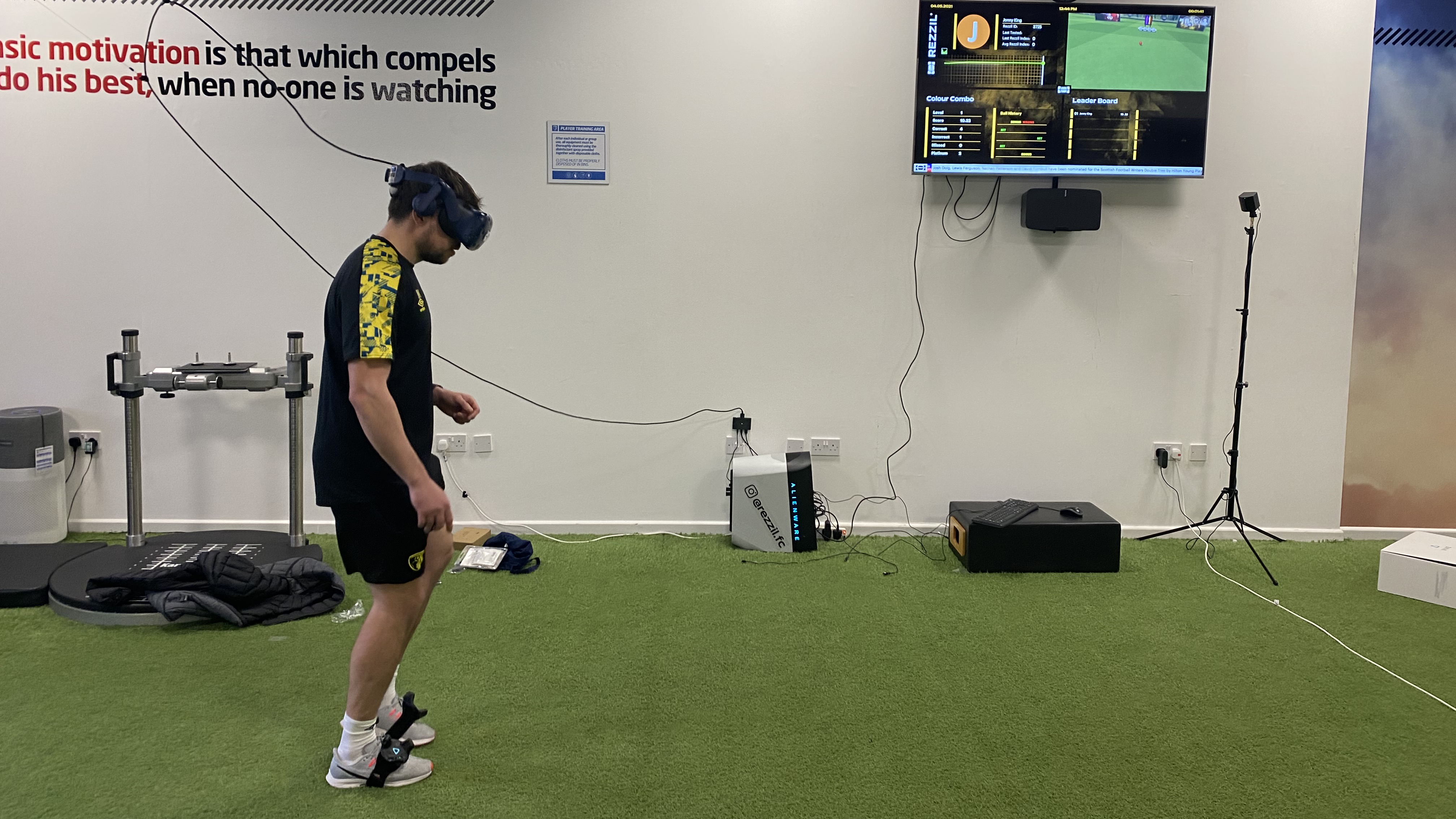 Virtual striker: Using VR to train Premier League stars
Virtual striker: Using VR to train Premier League starsCase Studies How one company is taking VR out of the boardroom and into the locker room
-
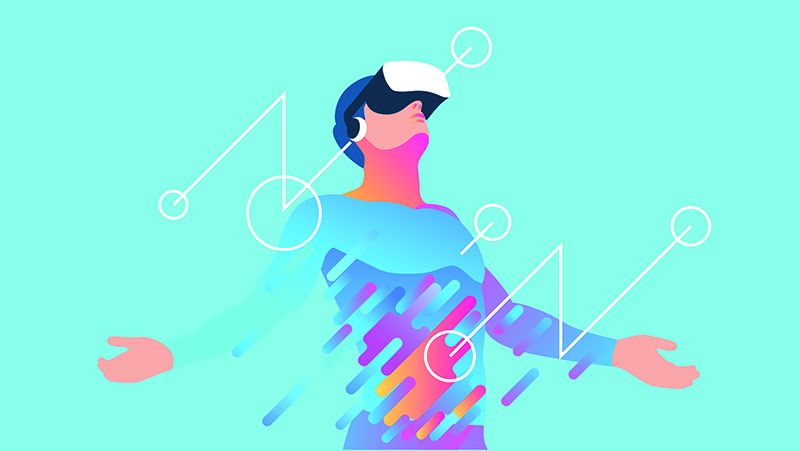 NeuPath and Cynergi will bring VR therapy to chronic pain management
NeuPath and Cynergi will bring VR therapy to chronic pain managementNews NeuPath will integrate Cynergi’s VR program with its remote pain management platform
-
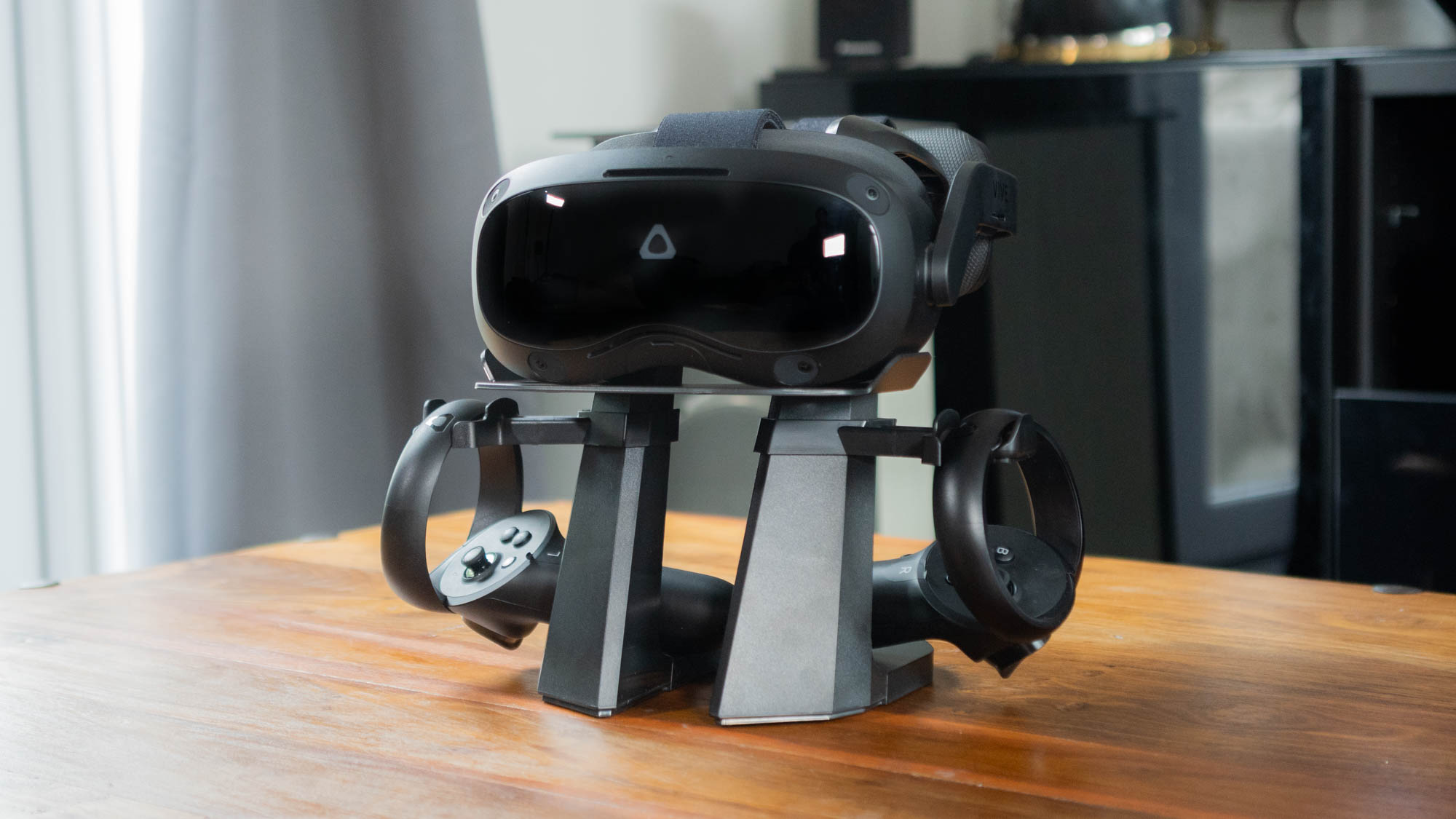
 HTC Vive Focus 3 review: The future of VR is here
HTC Vive Focus 3 review: The future of VR is hereReviews This smart and stylish headset is a leap forward for the technology
-
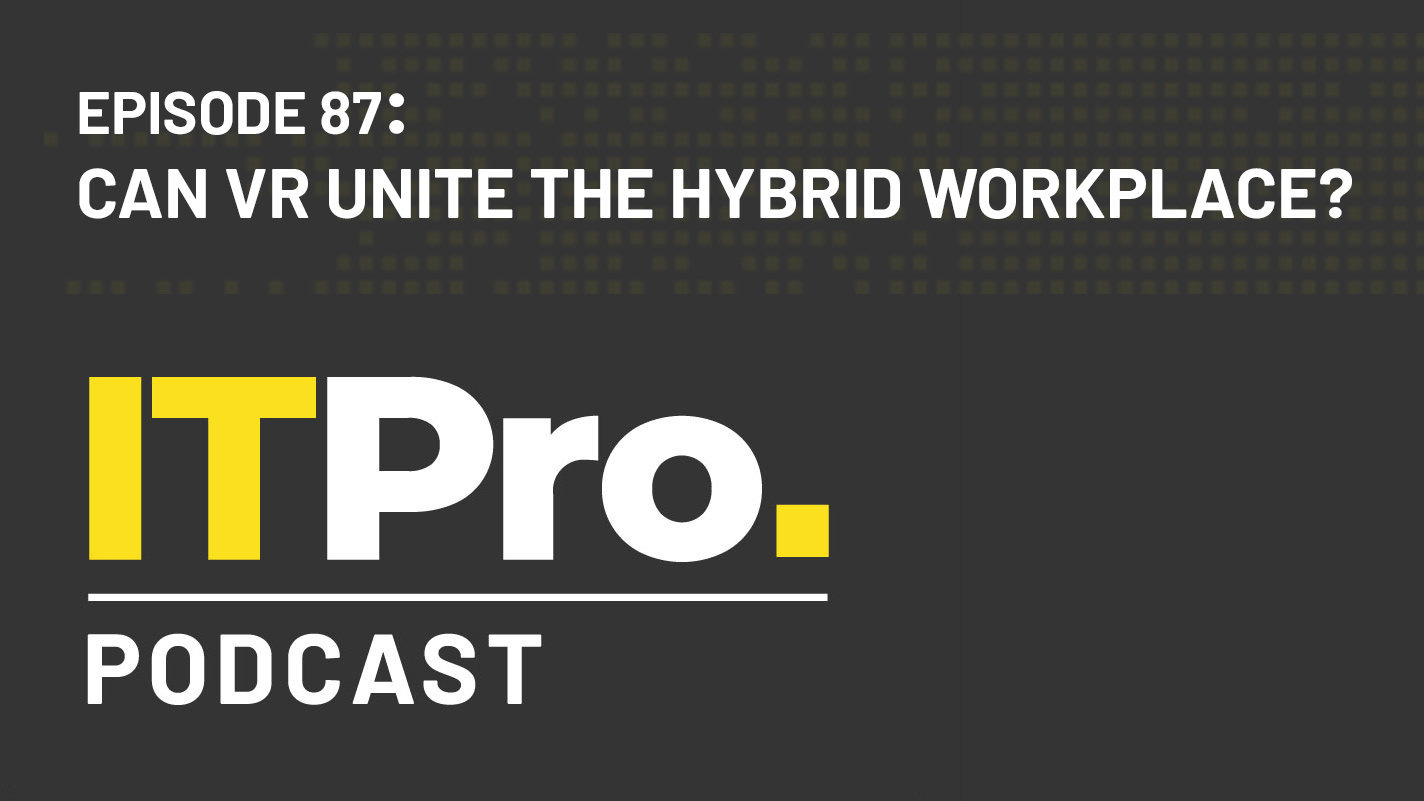 The IT Pro Podcast: Can VR unite the hybrid workplace?
The IT Pro Podcast: Can VR unite the hybrid workplace?IT Pro Podcast How one company is using virtual reality to bring its staff together
-
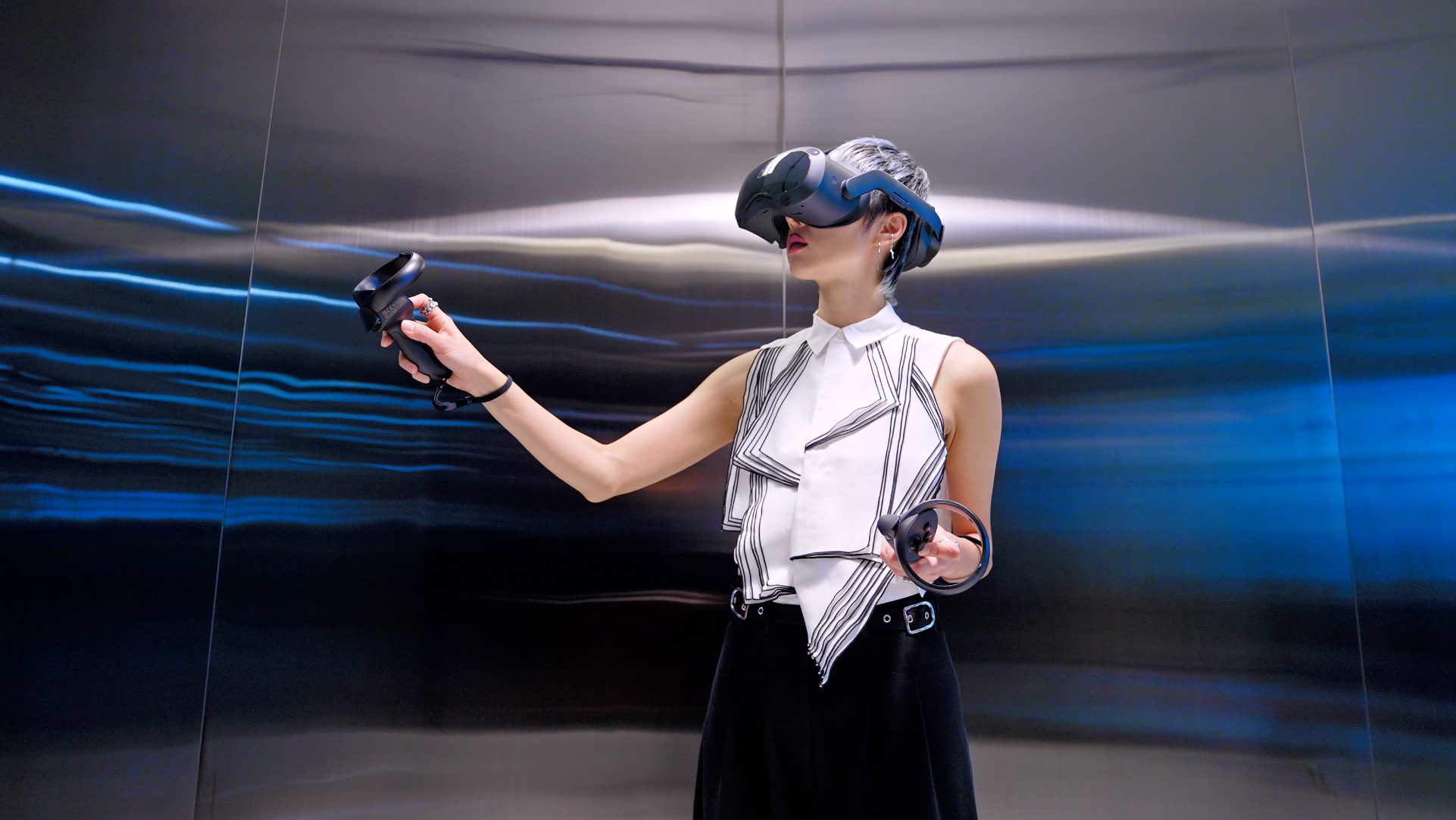 HTC launches new business-focused VR headsets
HTC launches new business-focused VR headsetsNews Vive Pro 2 and Vive Focus 3 include 5K resolution, larger field of view, and business management tools
-
 The IT Pro Podcast: Will VR ever be mainstream?
The IT Pro Podcast: Will VR ever be mainstream?IT Pro Podcast Despite years of development, VR is still a niche technology
-
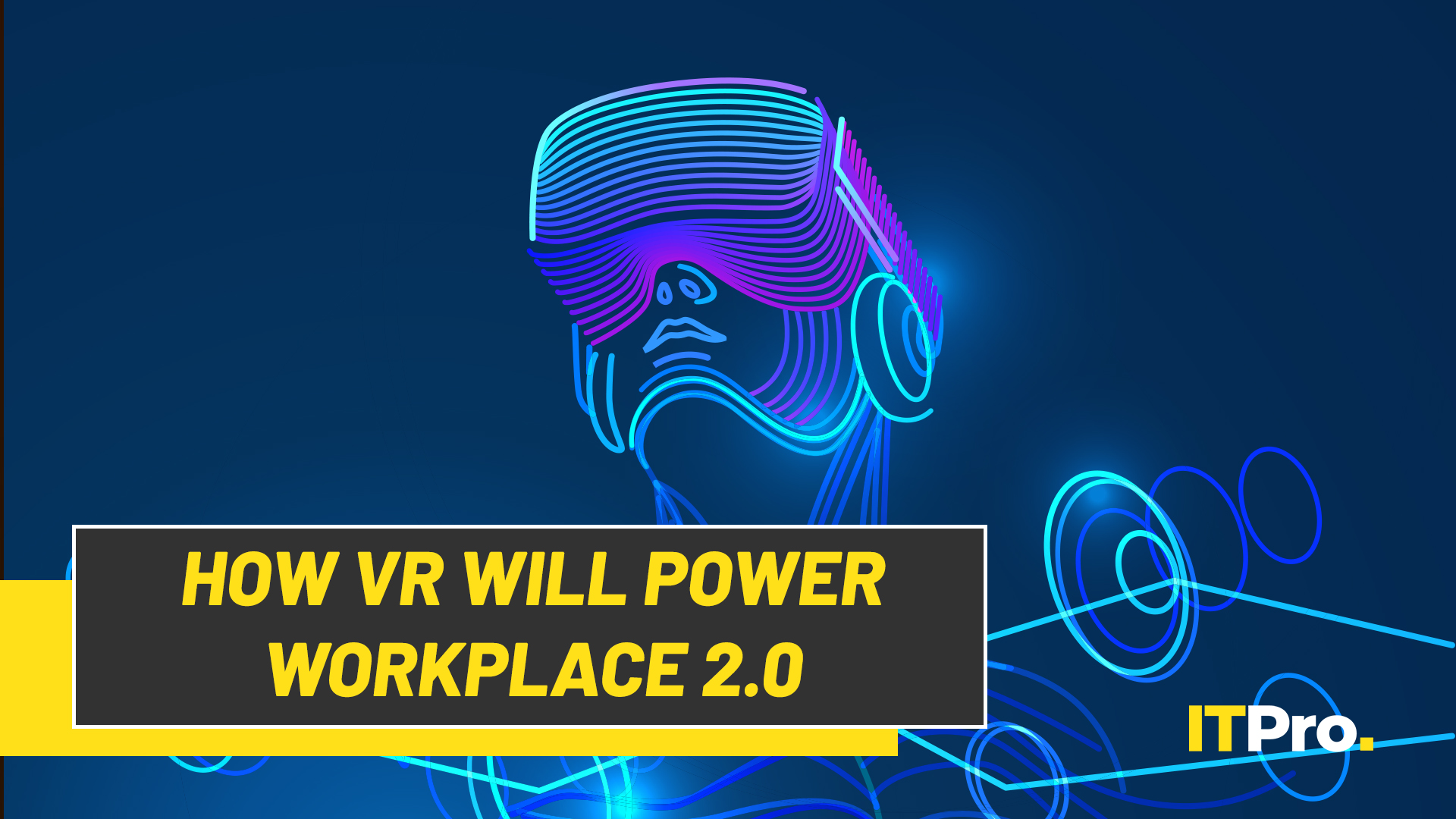 IT Pro Live: How virtual reality will power Workplace 2.0
IT Pro Live: How virtual reality will power Workplace 2.0Video The office of the future might not be a physical office at all